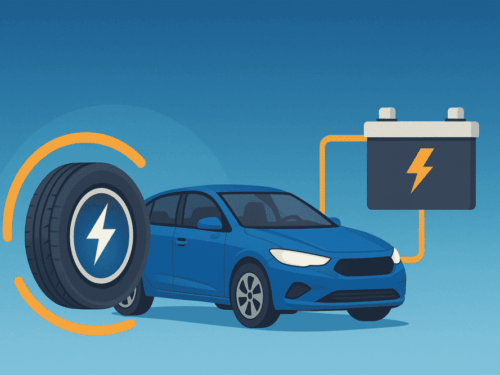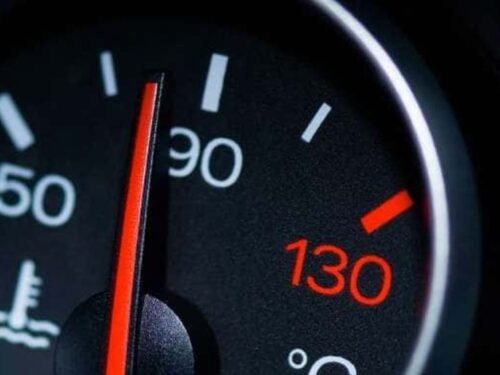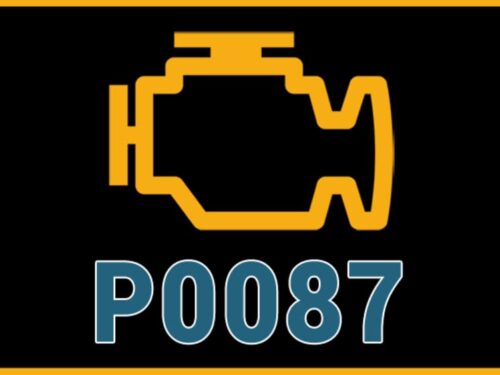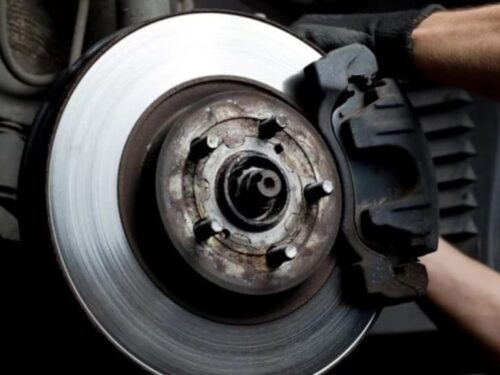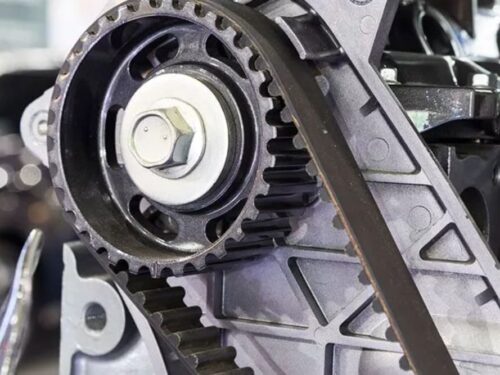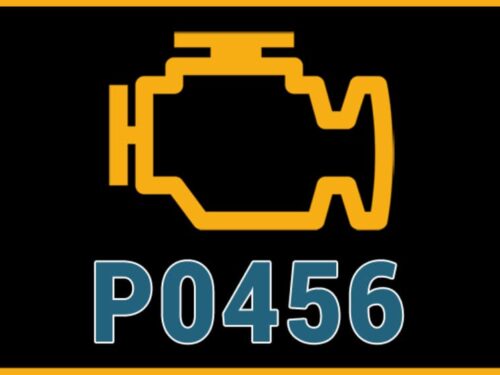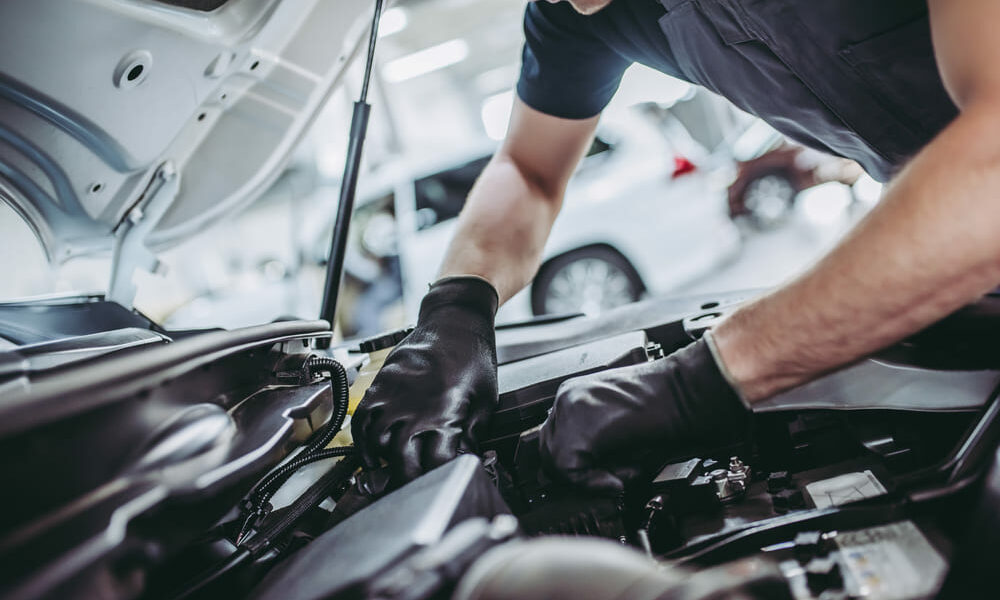
Winter season brings with it chilly winds and sometimes snow and slush. If you live in an area that experiences heavy snowfall, you probably understand how difficult car maintenance can be during the season. The slightest of negligence can leave you stranded and freezing in the middle of the road. This article brings you a 10-step car maintenance routine for winter to help you keep your car in optimal working condition.
Here, we will mention tips to prepare your car for the winter, maintain it during the season, and include a simple checklist. Even if you do not experience heavy snow or snowfall, you may still want to go through the list as seasonal changes, no matter how slight, impact a car’s performance.
1. Tire Change and Inspection
Goes without saying, tires are one of the essential components of a car, especially when it comes to safety. Significant wear on the tires can make handling and controlling the car on icy, slushy winter roads difficult. Even if you do not experience snowfall and experience a cold and wet winter season instead, you need to change your vehicle’s tires to ensure the care doesn’t skid unnecessarily.
Even after installing new winter tires, you need to keep an eye on them throughout the season. Ensure they are well-inflated as the cold temperature increases air density, which can lower tire pressure, so you may have to go for frequent tire checks.
You will also have to keep an eye on the tire tread. Worn out tires with low tread depth have lower traction and can cause the car to skid on slushy roads and result in hydroplaning. The vehicle’s wet and snow-braking system also becomes a little less responsive and can become a safety hazard.
2. Oil Check
Oil checks are particularly important during the winter season. They will help remove sludge and foreign particles from the vehicle’s system and keep it running smoothly. During the winter season, you may want to pay extra attention to oil levels.
Ensure the vehicle has optimal oil levels at all times, and the oil you use is the right consistency. You may want to check with the vehicle manufacturer and use the recommended oil brand to ensure optimal performance throughout the season. Winter season is tough on your car and the engine, and it is little things like these that will help maintain your car.
3. Check the AC and Heating System
You don’t want to freeze every time you have an errand to run. Make sure your car’s air-conditioning heating system works perfectly fine at the start of every season change but especially during winters. It is what will help defog or defrost your windshield.
Fogged up windows and windshield are a major safety hazard. The chilly winter wind and snowfall makes it hard to navigate through the roads. Combine that with a frosted windshield, especially at night, and you might as well end up with near-zero visibility.
4. Radiator Check
An oil check is almost always followed by a radiator check. The fluid inside the radiator absorbs the heat from the engine and transmits it to the liquid outside, keeping the engine cool and operating optimally. The radiator should have ample antifreeze liquid at all times, or it may cause significant transmission failures.
Make sure you contact the manufacturer or a mechanic to get a recommendation for a good antifreeze solution that will not freeze over. A blockage in the pipes can lead to leakages, which can turn into a major repair task.
If you want to keep your engine cool, your car working perfectly fine, and your maintenance and repairs costs at a minimum throughout the season, check your radiator at the start of the season and at least once every two weeks throughout winters.
5. Steering and Suspension
Checking the alignments, steering, and suspension system is another important component of the winter car maintenance routine. Make sure you visit a mechanic to get your vehicle checked out, and the steering and suspension fixed if need be. Traveling on winter roads can be difficult, and you want to make sure every component of the vehicle is working optimally, so you don’t run into any accidents.
6. Charge Your Batteries
Whether you should or shouldn’t charge your battery will depend on the condition of your car. The average recommended time for a battery is five years. That is if you take good care of your vehicle and take your car for routine maintenance religiously. However, after if your battery is five or almost five years old, we suggest you charge it at the start of the season just to be on the safe side.
You do not want to find yourself stranded in your car in the middle of the winter season with no heating. Keeping an emergency kit with extra blankets, vehicle oil, antifreeze solution, and a basic repair tool kit is also a good idea.
7. Car Wash
If you are a car enthusiast, you probably wash your car frequently to keep it perfectly clean. However, not many car owners realize how important regularly washing, waxing, and polishing are for elongating a vehicle’s lifespan. Slush and ice mixed with calcium and sodium chloride, when allowed to remain on the vehicle’s body for long, can lead to the development of rust. Rust not only weakens the car’s body but also lowers its overall value and visual appeal.
Make sure you wash your car once every week or as needed. You can also check under the car and around the tires and the bumpers to ensure there is nothing stuck to these areas. If you find any signs of build-up, wash your car and get rid of them as soon as possible.
8. Windshield Wipers
You will have to check your windshield wipers daily as they tend to freeze overnight. Frozen wipers do not defrost themselves and can leave scratches over the windshield if unnoticed. You will also have to keep an eye on the windshield fluid as it can freeze over if you don’t use one with de-icing capability. You can ask your mechanic or the manufacturer for recommendations for the windshield fluid as well if you want to be extra careful.
9. Start Your Vehicle
Starting the car a few minutes before you begin driving is common practice. However, you don’t have to start it for a very long time. The engine only needs a minute or so to warm up during winters. Once you start driving, it starts to regulate the temperature as it normally would during summers.
10. Tune Up
Even if your car isn’t due for regular maintenance yet, we suggest you take it in for a tune-up. Have the mechanic inspect all fluid for you, check the engine, braking system, steering, and suspension. They will also check for broken belts, hoses, exhaust systems, and other components that may need fixing.
Final Word!
At the end of the day, you know your car best, and you know whatever issues the vehicle has. Make sure you get them fixed before winter starts so that you aren’t struggling to make time for massive repairs later on. If the car is near perfect, then our 10-step car maintenance routine for winter should be more than enough to get you and your vehicle ready for the winter roads.
Courtesy of paautoinspection

